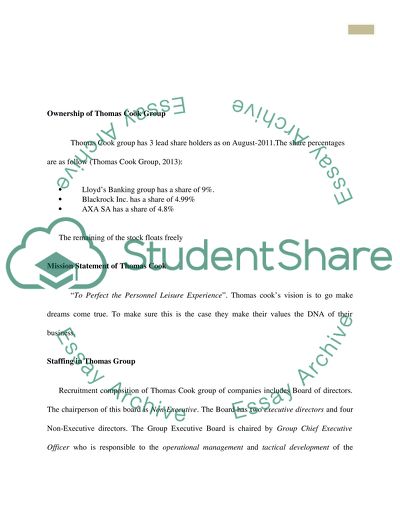Cite this document
(“Understanding Tourism as a Business Assignment Example | Topics and Well Written Essays - 2000 words”, n.d.)
Retrieved from https://studentshare.org/tourism/1471004-understanding-tourism-as-a-business
Retrieved from https://studentshare.org/tourism/1471004-understanding-tourism-as-a-business
(Understanding Tourism As a Business Assignment Example | Topics and Well Written Essays - 2000 Words)
https://studentshare.org/tourism/1471004-understanding-tourism-as-a-business.
https://studentshare.org/tourism/1471004-understanding-tourism-as-a-business.
“Understanding Tourism As a Business Assignment Example | Topics and Well Written Essays - 2000 Words”, n.d. https://studentshare.org/tourism/1471004-understanding-tourism-as-a-business.


